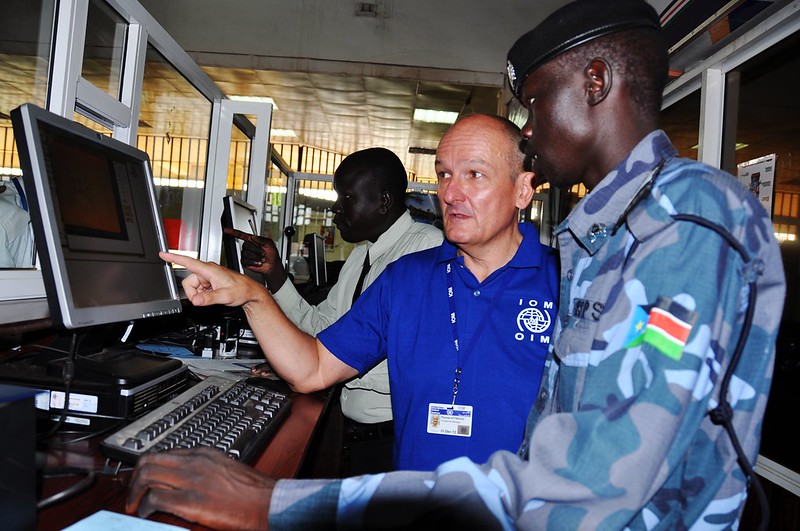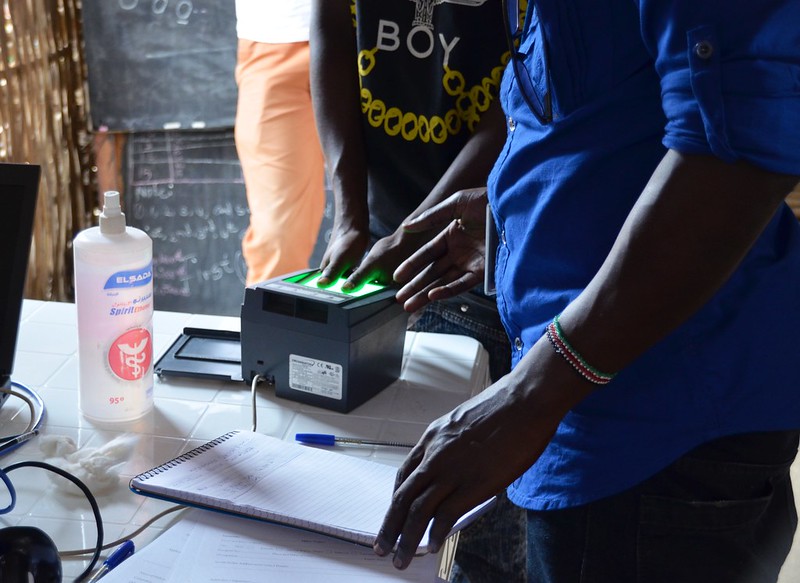This topic explains how proven identity is linked to travel documents, as regulated internationally by the International Civil Aviation Organization (ICAO), starting with passport. It is defined as a document issued by the competent authority of a State, valid for international travels.
Passport identifies the holder as a national of the issuing State and constitutes evidence of the holder’s right to return to that State. It is usual practice for all citizens of a State to be entitled to a passport, which is issued either through immigration, foreign affairs departments or the Ministry of the Interior, as stipulated by domestic law.

